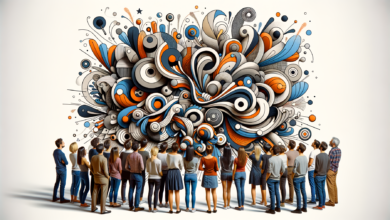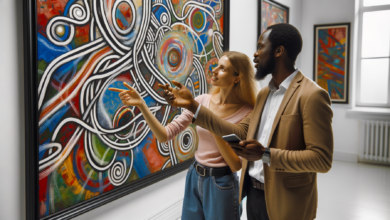The ‘Mere Exposure Effect’ Psychology Explained

According to psychology, the more we get exposed to a stimulus, the more we tend to like it.
For both individuals and objects, the mere exposure effect is applicable. If you’ve seen an object many times, you’ll think you haven’t been exposed to that much because it’s more likable than another object.
You will think that he is more likable than a stranger or someone you see less often when you see a person more frequently. So, what is the psychology of this mere effect of exposure?
The mere exposure effect and the attraction psychology
The reason we find individuals that we often see more attractive is that liability is created by familiarity. It’s a fact that people are more attracted to familiar people and objects than unfamiliar ones.
People who often see you will think that you are more attractive than the people they don’t often encounter, according to the mere exposure effect theory!!
Most individuals fall in love with someone they often see, and the mere exposure effect is certainly the main reason behind that.
The psychology and advertising of the mere exposure effect
Advertisers are aware of these facts, so they rely on the psychology of the mere effect of exposure to make their product even more like you.
Now and then, advertisers display their advertisements to make you more familiar with their products and to become more familiar with the product you tend to like.
People are more likely to try something that they know than to take the risk of trying something that they don’t know anything about. Then it feels easier to go for a well-known brand than to buy something unfamiliar.
The psychological experiment of the mere exposure effect
An interesting experiment was done to demonstrate the psychology of the simple exposure effect. Someone got four pictures of four different people, and he was asked to memorize their names.
A few moments later, a large image was shown to him containing many people, and he was asked which four he liked the most. Without noticing that they are the same, most people chose the four people they saw earlier.
That’s all you need to know about the psychology of the simple exposure effect.




